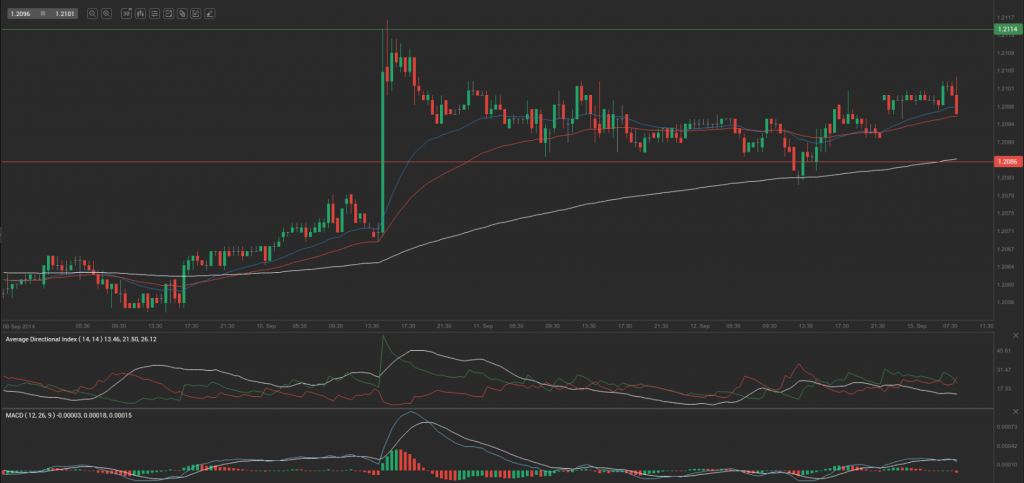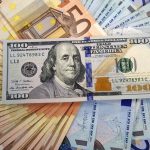Friday’s trade saw EUR/CHF within the range of 1.2076-1.2104. The pair closed at 1.2105, gaining 0.07% on a daily basis.
At 6:20 GMT today EUR/CHF was up 0.01% for the day to trade at 1.2101. The pair touched a daily high at 1.2106 at 6:05 GMT.
Fundamental view
Euro zone
At 9:00 GMT Eurostat is to release the official report on trade in the Euro zone for July. The surplus on Euro regions balance of trade reached 16.808 billion EUR in June, or the largest figure since October 2013. In June 2013 the trade surplus was at the amount of 15.7 billion EUR. Total exports rose at an annualized pace of 3% to reach 162.2 billion EUR in June, while imports rose 2% to 145.4 billion EUR. Euro zones balance of trade recorded an all-time high surplus of 21.780 billion EUR in March 2013.
The surplus on regions extra-EU28 trade balance was at the amount of 2.9 billion EUR in June, while in June 2013 the surplus figure was 8.6 billion EUR.
Euro zones balance of trade produces regular surpluses mainly due to the high export of manufactured goods, such as machinery and vehicles. At the same time, the region is a net importer of energy and raw materials. Member states such as Germany, Italy, France and Netherlands play a key role in total trade.
The trade balance, as an indicator, measures the difference in value between region’s exported and imported goods and services during the reported period. It reflects the net export of goods and services, or one of the components to form the Gross Domestic Product. Generally, exports reflect economic growth, while imports indicate domestic demand. In case the trade balance surplus continued to expand in July, this would certainly have a bullish effect on the single currency.
Switzerland
The index of producer and import prices in Switzerland probably declined 1.0% in August compared to the same month a year ago, according to the median experts’ estimate, following 0.8% drops in July, June and May. In July compared to June the index registered no change.
The index consists of two sub-indexes, the producer price index (PPI) and the index of import prices (IIP). The PPI refers to goods produced and sold domestically or exported by Swiss companies. Goods includes raw materials, starting materials, semi-finished and finished products. Prices of goods are measured at the first marketing step in the production of the good, prices FOB or EXW as the VAT is not included. The IIP has a similar structure to that of producer prices, reflecting the prices of imported goods (price before duty, VAT). The combined index of producer and import prices generally reflects changes in both indexes, by summing up their values.
The Swiss Federal Statistical Office is scheduled to release the official figures at 7:15 GMT. Lower-than-expected readings would have a bearish effect on the franc.
Technical view
According to Binary Tribune’s daily analysis, the central pivot point for the pair is at 1.2095. In case EUR/CHF manages to breach the first resistance level at 1.2114, it will probably continue up to test 1.2123. In case the second key resistance is broken, the pair will probably attempt to advance to 1.2142.
If EUR/CHF manages to breach the first key support at 1.2086, it will probably continue to slide and test 1.2067. With this second key support broken, the movement to the downside will probably continue to 1.2058.
The mid-Pivot levels for today are as follows: M1 – 1.2063, M2 – 1.2077, M3 – 1.2091, M4 – 1.2105, M5 – 1.2119, M6 – 1.2133.
In weekly terms, the central pivot point is at 1.2087. The three key resistance levels are as follows: R1 – 1.2136, R2 – 1.2167, R3 – 1.2216. The three key support levels are: S1 – 1.2056, S2 – 1.2007, S3 – 1.1976.






